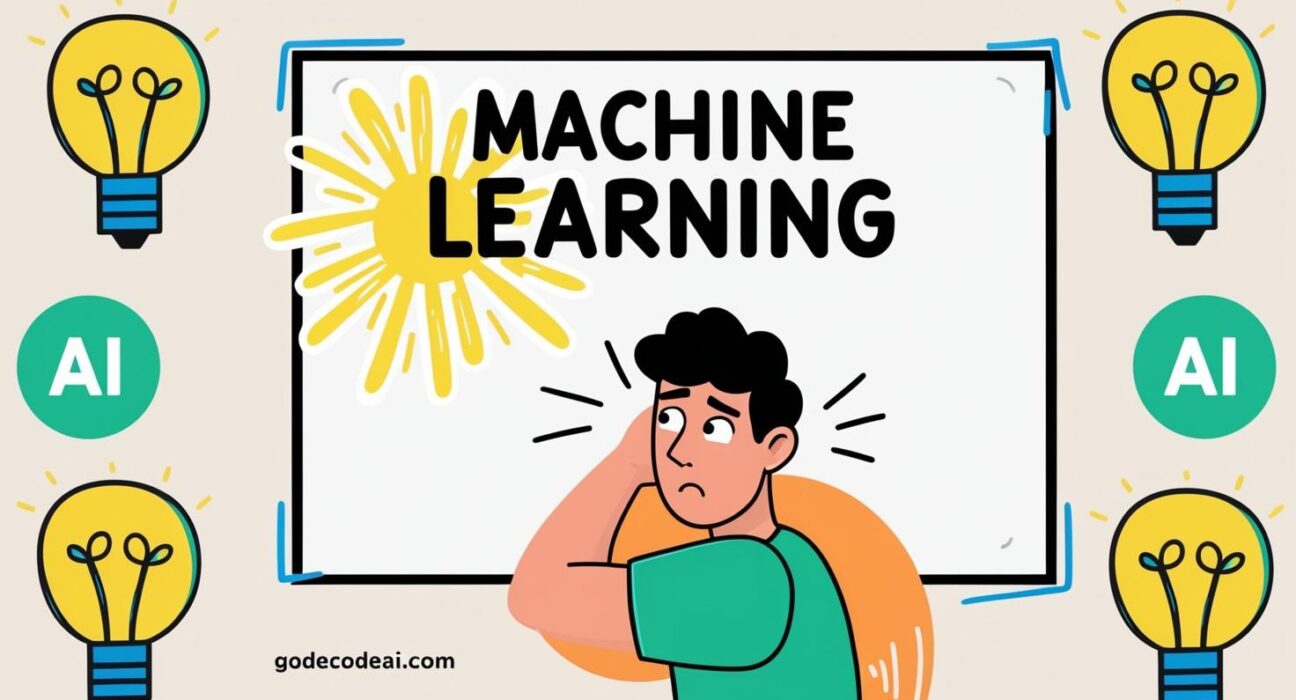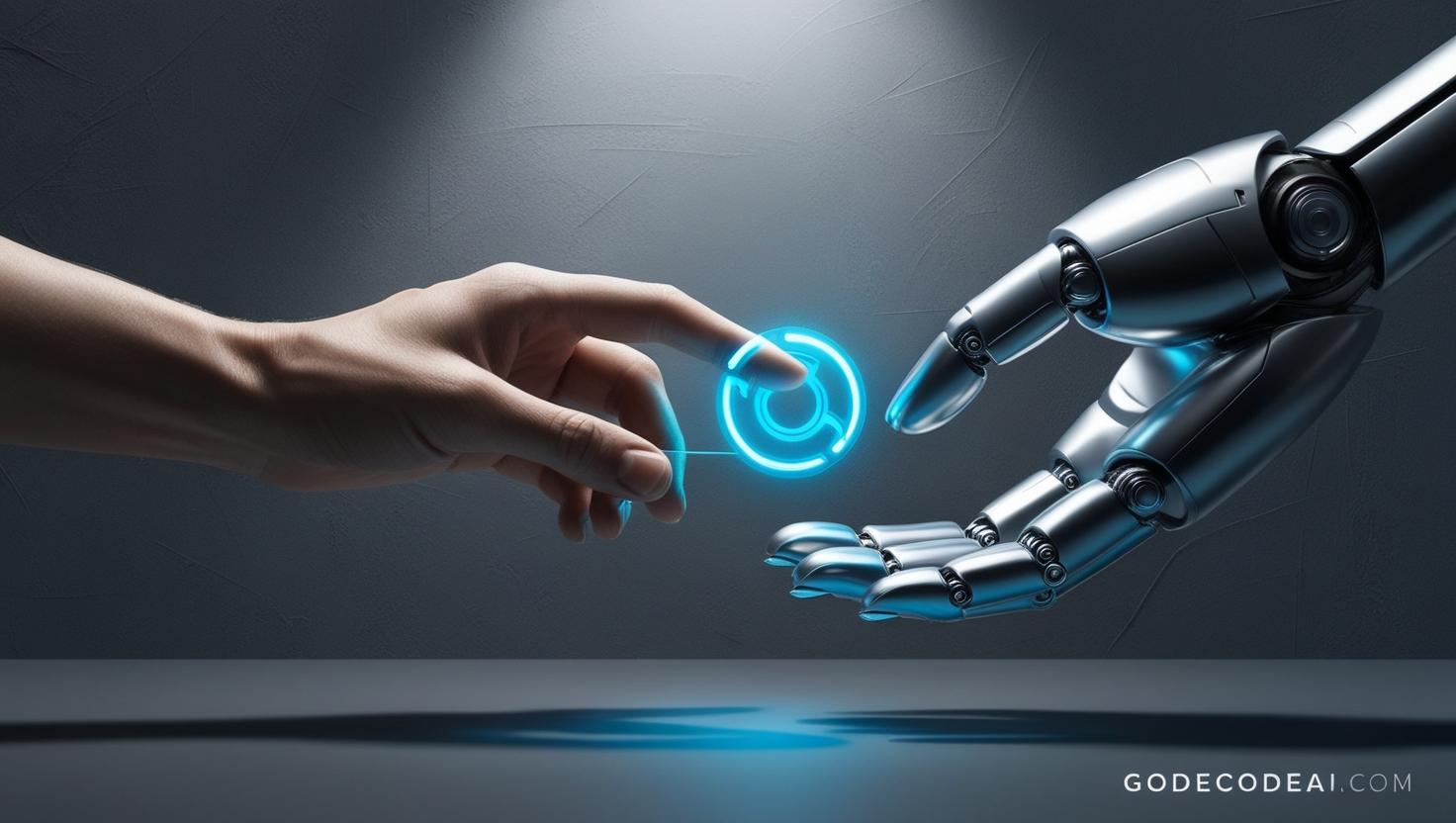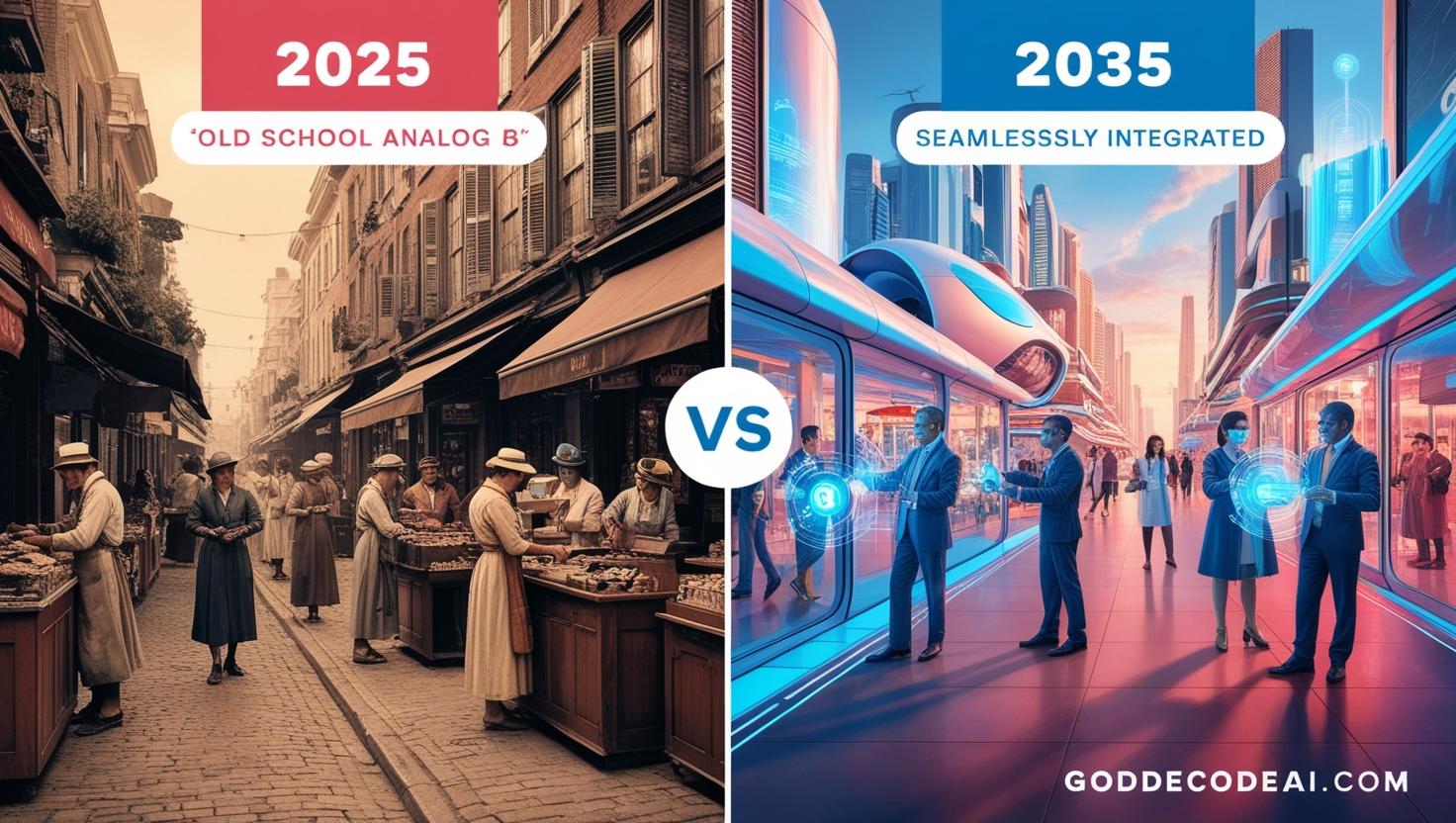Machine learning sounds like rocket science. But it’s not. Not anymore.
You don’t need a PhD to understand it. You just need the right guide—and a fresh mindset.
Let’s strip it down, clean it up, and make it stick.
🧠 What Is Machine Learning, Really?
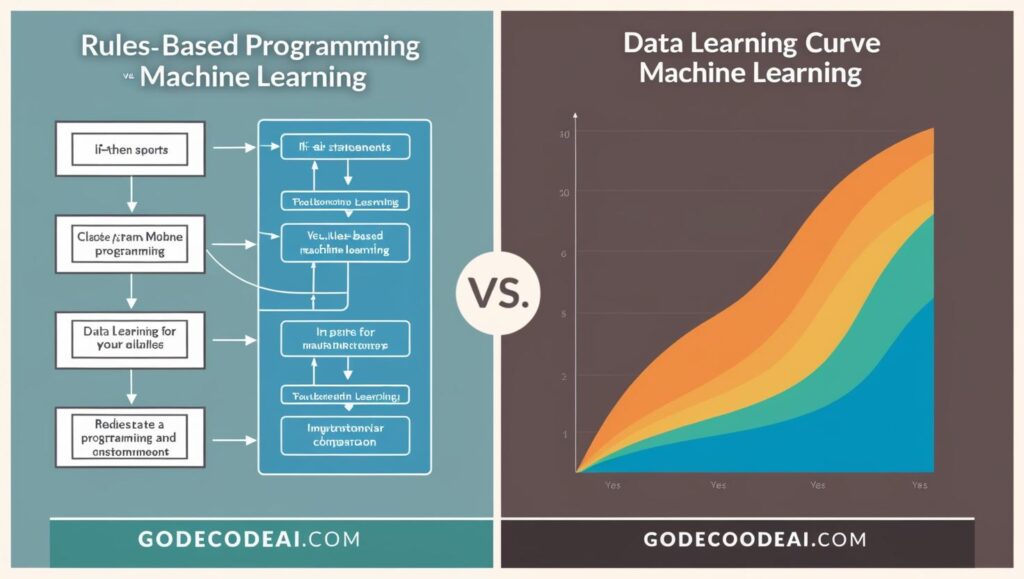
Forget buzzwords. Think of it like this:
Machine learning is when you teach a computer to learn from data instead of programming every rule manually.
Example:
You don’t tell Gmail what every spam email looks like.
You show it 10,000 examples—and it learns to spot spam on its own.
So, it’s like teaching a kid?
Yes. But this kid:
- Never sleeps.
- Learns from millions of examples.
- Gets better over time (usually).
🧰 The 3 Types of Machine Learning You Actually Need to Know
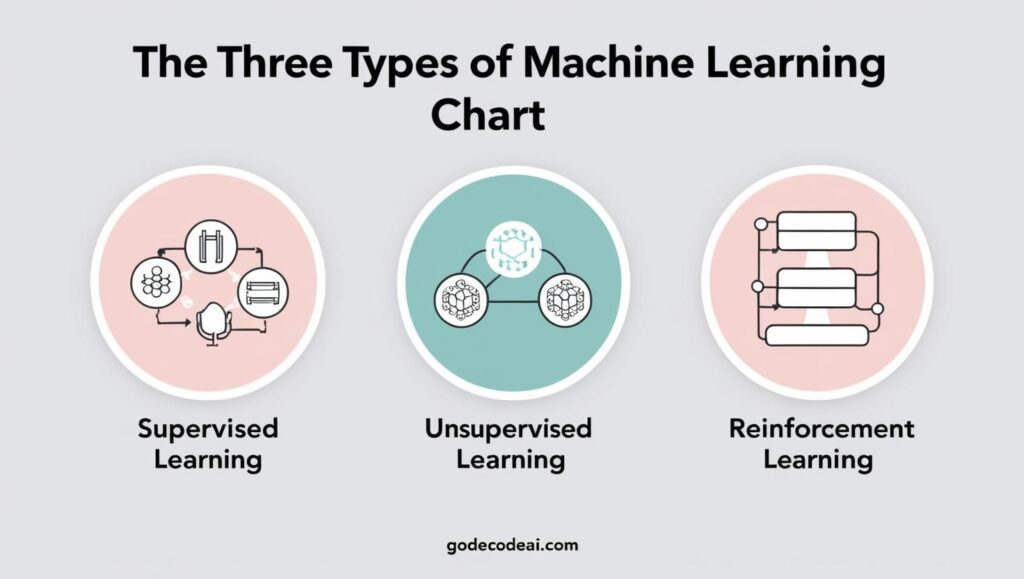
- Supervised Learning
You feed the machine labeled data (like emails marked spam or not).
The model finds patterns to predict labels in new data. - Unsupervised Learning
No labels. Just raw data.
The model tries to find structure—like grouping similar customers. - Reinforcement Learning
Trial and error. The machine gets rewards or penalties.
Like how a dog learns tricks (or how ChatGPT got good at chatting).
🏗️ What Powers Machine Learning? The 5 Core Ingredients
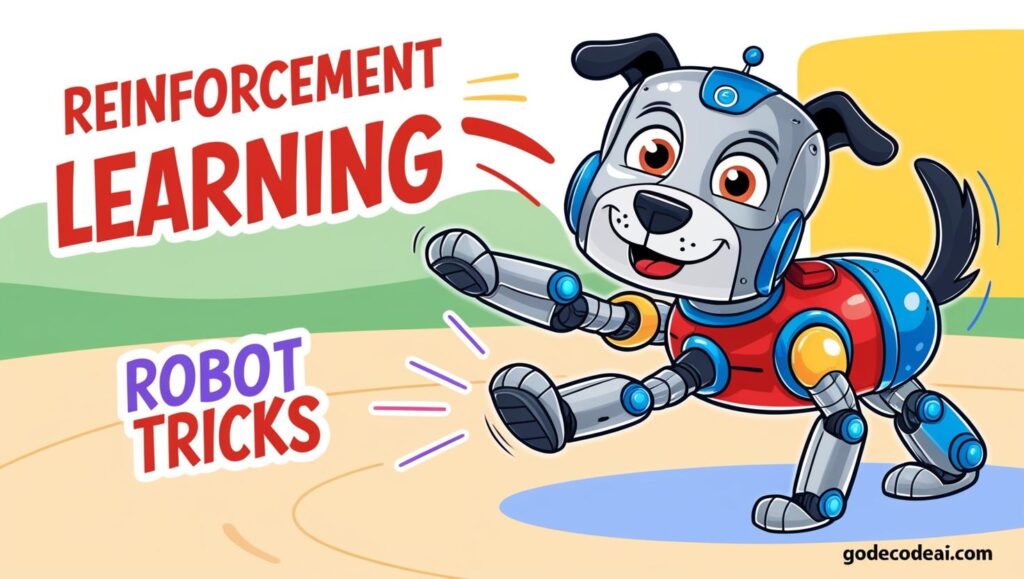
- Data – The fuel. No data, no learning.
- Algorithms – The recipe. Different algorithms solve different problems.
- Features – The ingredients. Good features make or break models.
- Labels – The answers (in supervised learning).
- Training – The cooking. It’s where learning happens.
That’s it. That’s the whole machine learning engine.
No PhD jargon needed.
📈 Real-World Examples You Already Use Daily
You’ve already used ML today. Here’s where:
- Spotify recommends your playlists.
- Instagram decides what shows up first.
- Google Maps predicts traffic.
- YouTube guesses what video will hook you next.
Machine learning isn’t coming.
It’s already here—just invisible.
🧪 But How Does the Machine Learn?
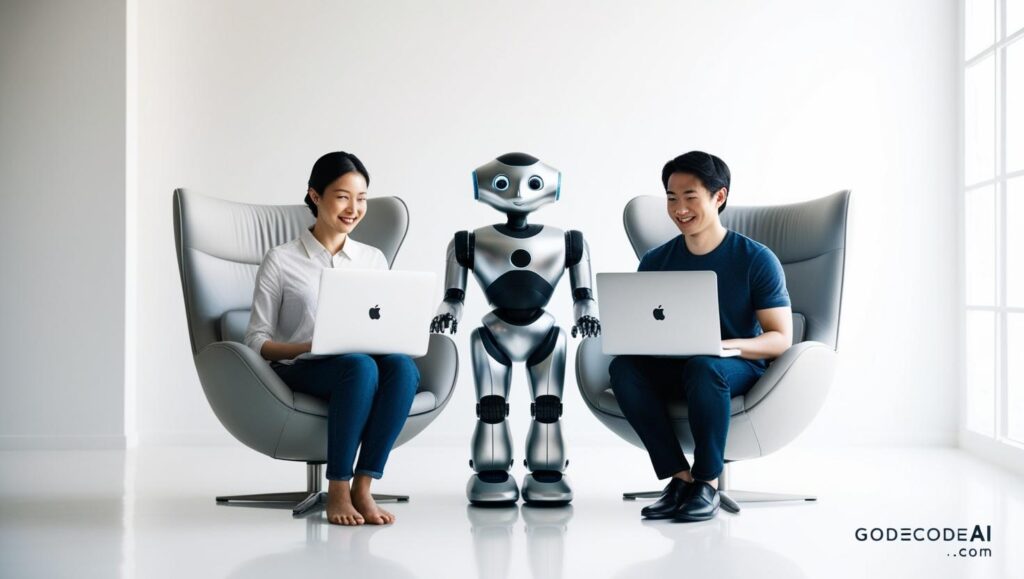
Here’s a dead-simple example:
Imagine 100 emails. You label 70 as “spam” and 30 as “not spam.”
You feed them to a model.
The model tries to guess:
- Which words appear most in spam?
- What patterns repeat?
Then you give it a new email. It checks:
- Do these patterns match spam ones?
It’s not magic. It’s math.
Lots of math—done behind the scenes.
❌ 3 Common Misconceptions (You Should Ditch Today)
- You need to know coding to use AI.
Nope. Tools like ChatGPT, Canva AI, or Midjourney need zero code. - AI = Robots taking over.
ML is mostly math solving boring tasks: sorting, labeling, predicting. - Machine learning is only for big tech.
Solopreneurs, bloggers, teachers, and creators are using AI every day.
🚀 Getting Started Without a PhD
You want hands-on learning? Skip the theory. Start doing:
- Play with ChatGPT. Learn how prompting works.
- Use Google AutoML. Build ML models visually.
- Try Teachable Machine by Google. Train image/audio models with clicks.
- Explore Kaggle. See real-world data projects.
Set a timer. Play with one tool for 15 minutes.
That’s more valuable than reading 10 “What is AI?” articles.
💡 Final Truth: Curiosity Beats Credentials
You don’t need a master’s degree.
You need curiosity and momentum.
Every tool has tutorials. Every term has a plain-language explanation.
You just need to start small and stay consistent.
Machine learning isn’t about knowing everything.
It’s about knowing just enough to use it.
📚 FAQs
Q: Can I learn ML without math?
Yes—at a basic level. Focus on intuition and real-world tools first. Learn math only as needed.
Q: What’s the best way to begin in 2025?
Use tools like ChatGPT, Notion AI, or Canva AI. Then explore no-code platforms like RunwayML or Peltarion.
Q: Is machine learning the same as AI?
Not quite. ML is a subset of AI. All ML is AI, but not all AI is ML.



